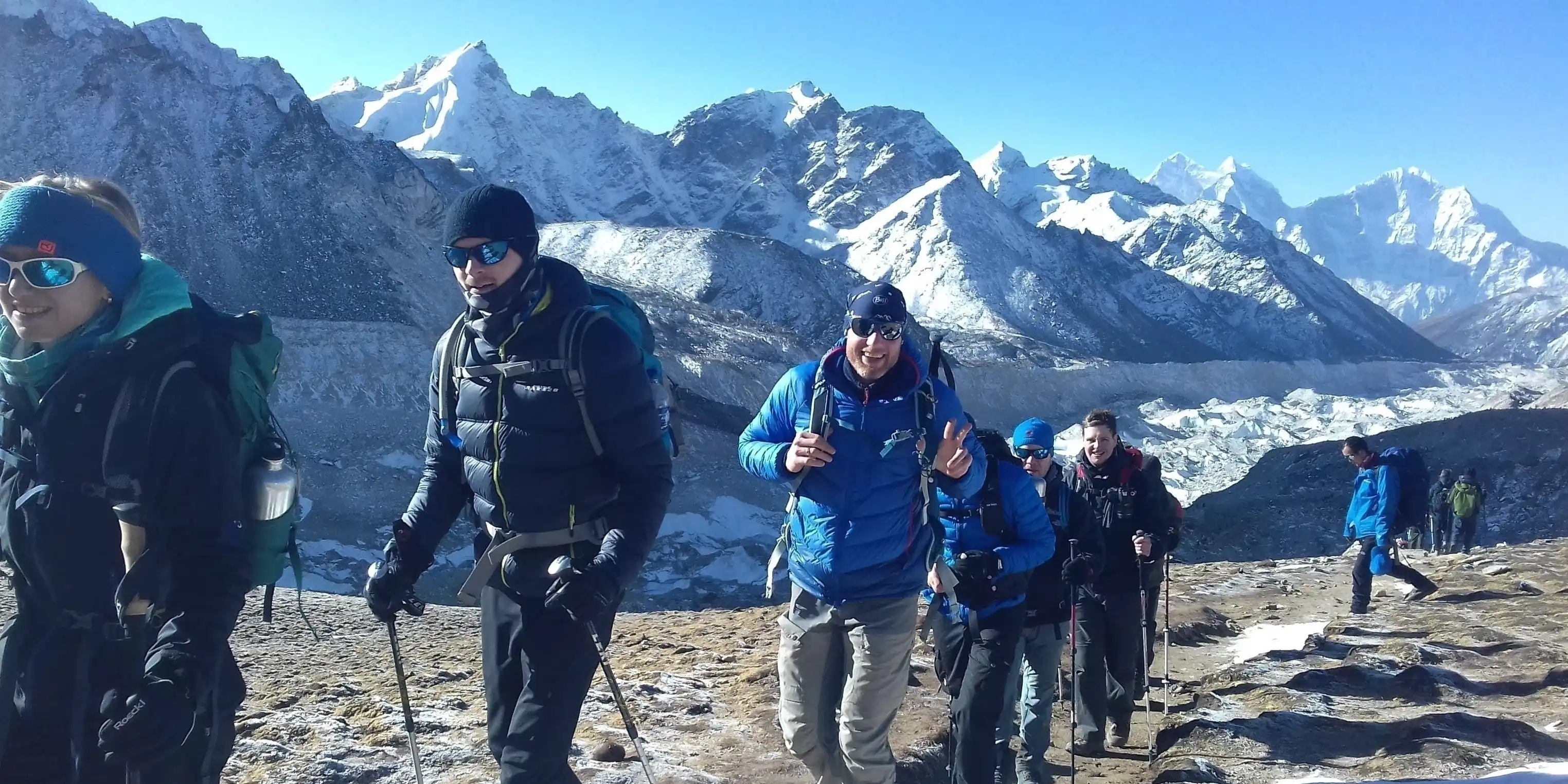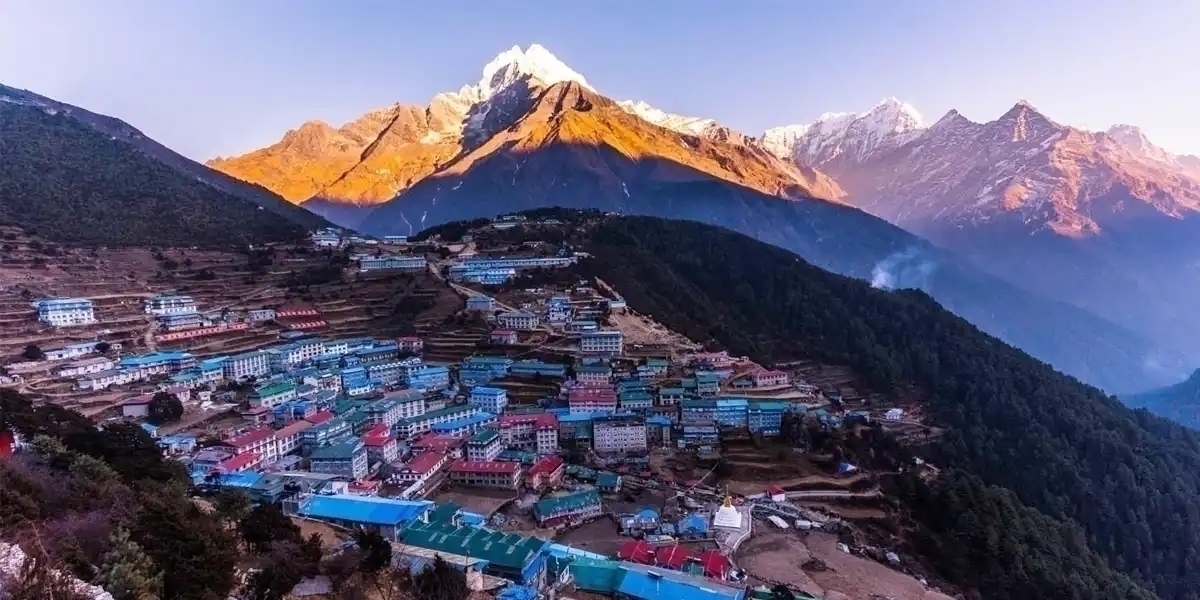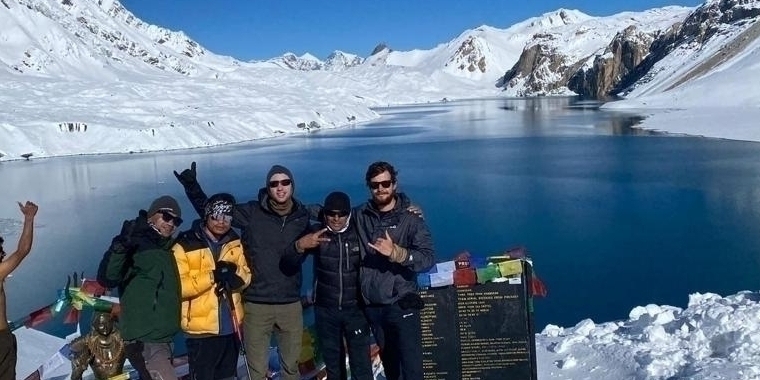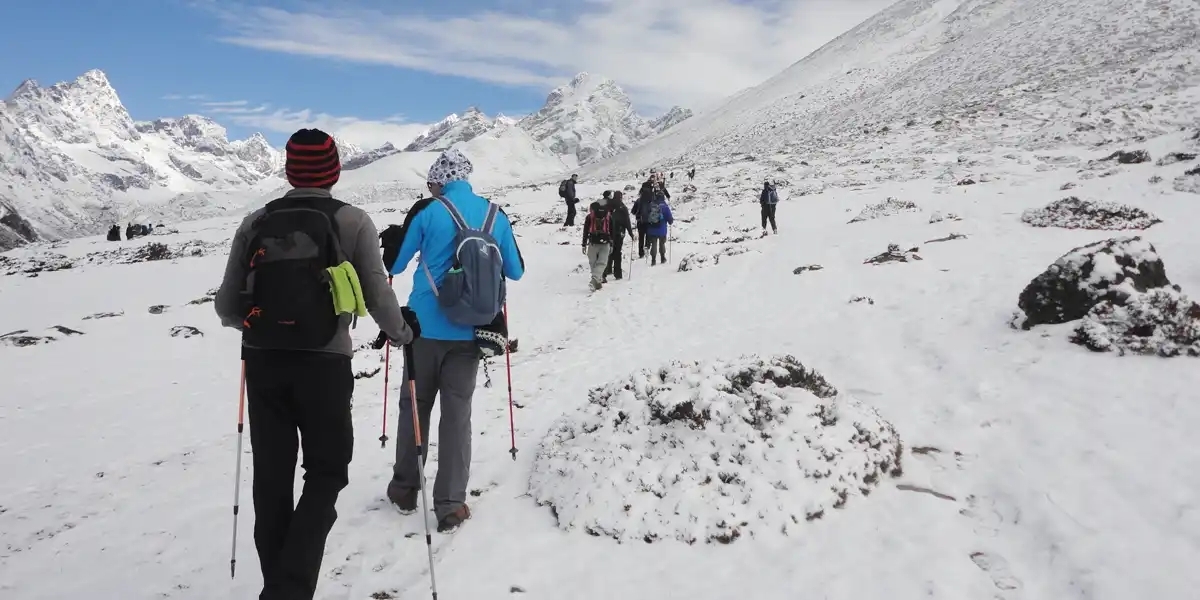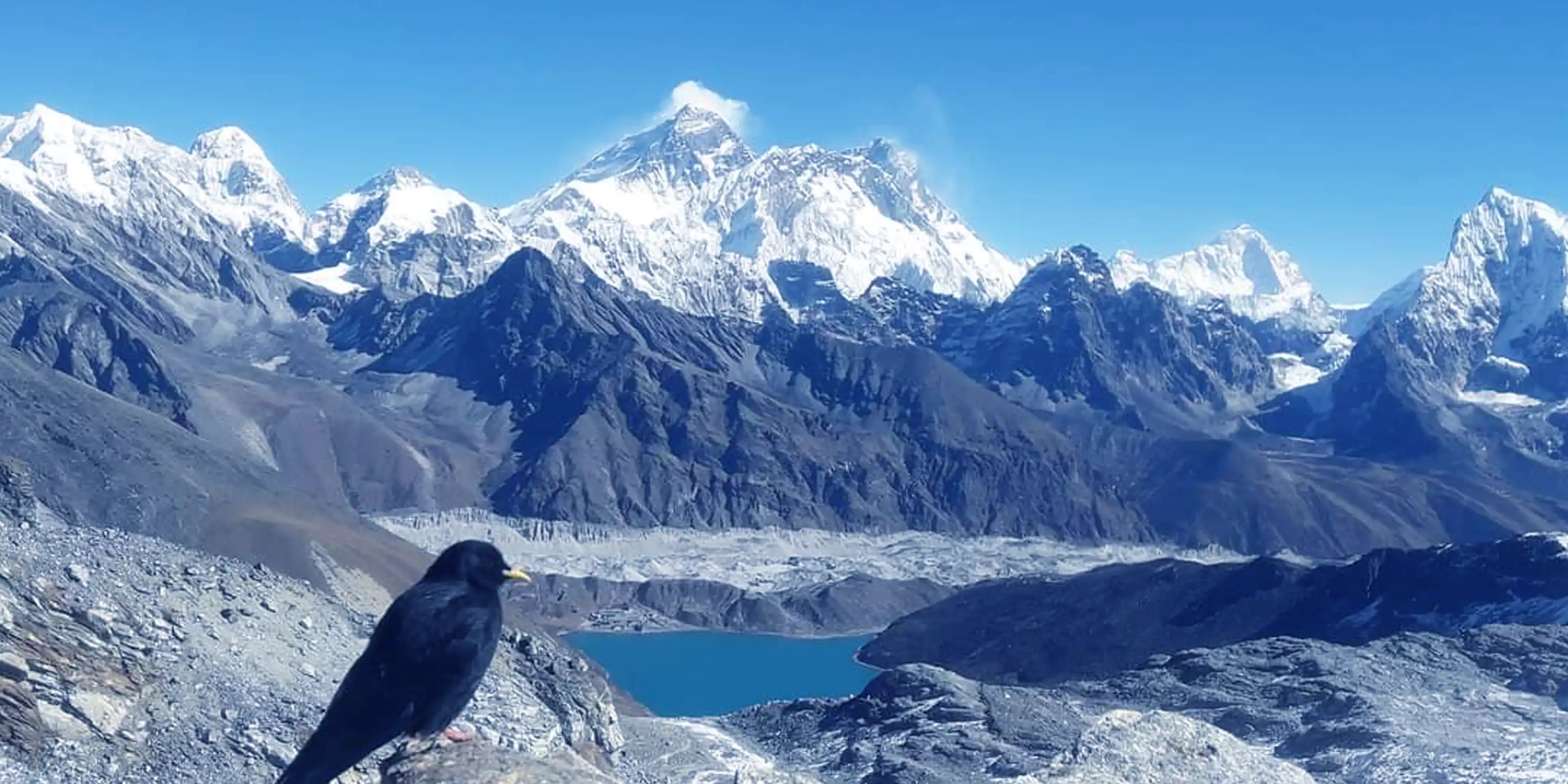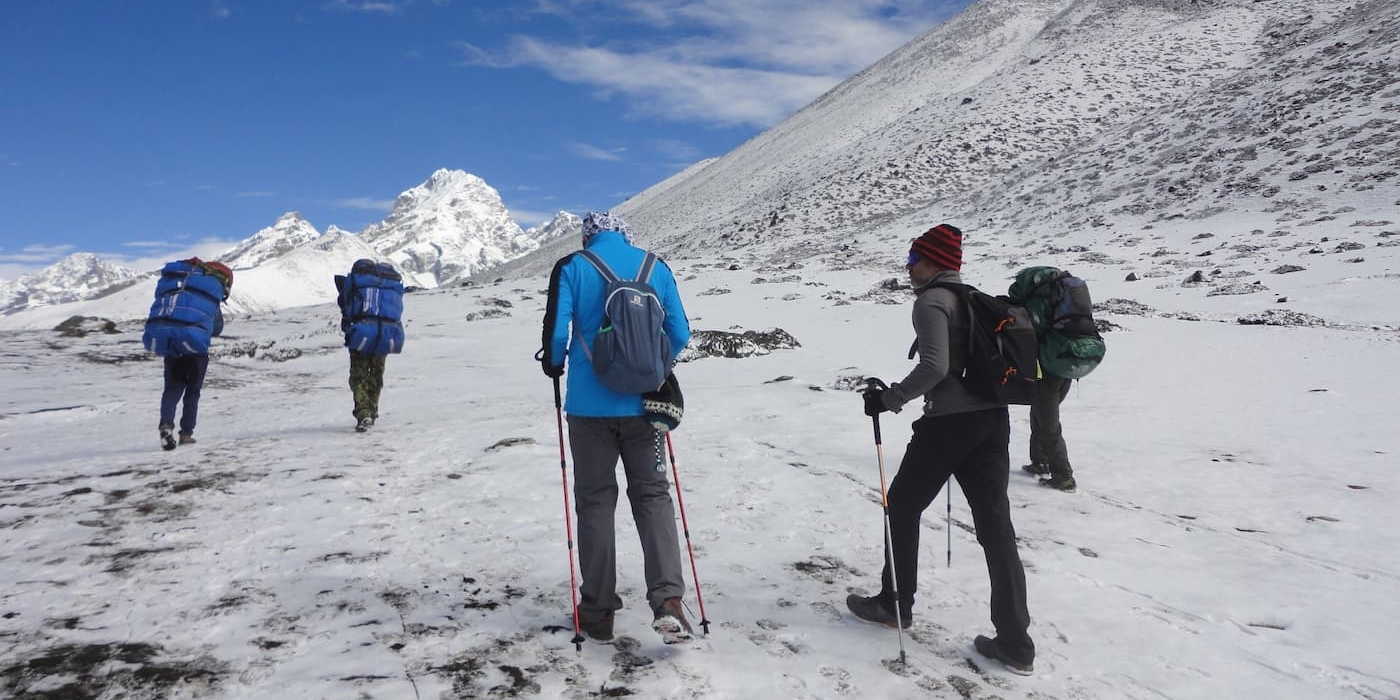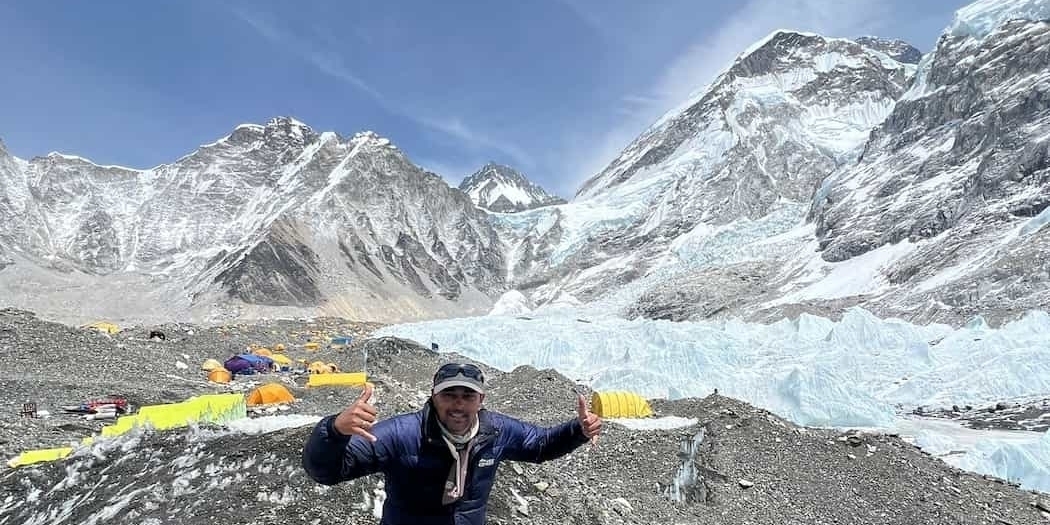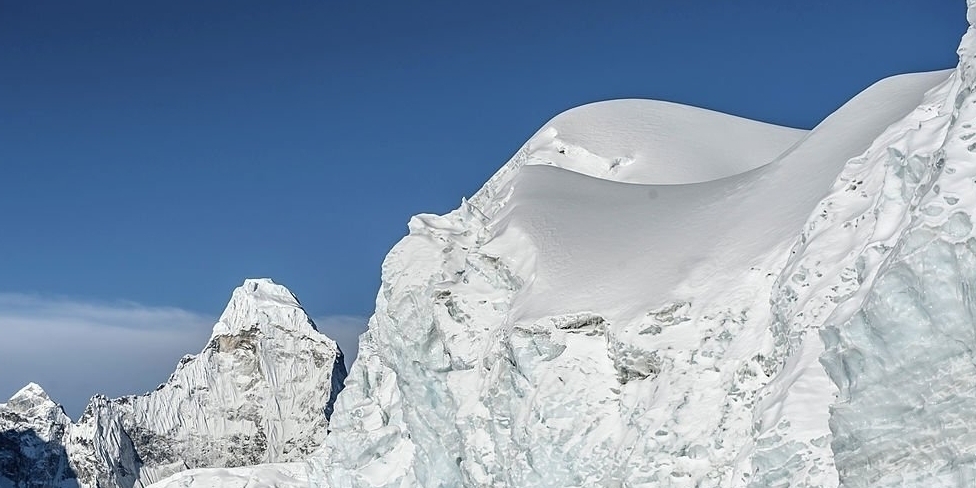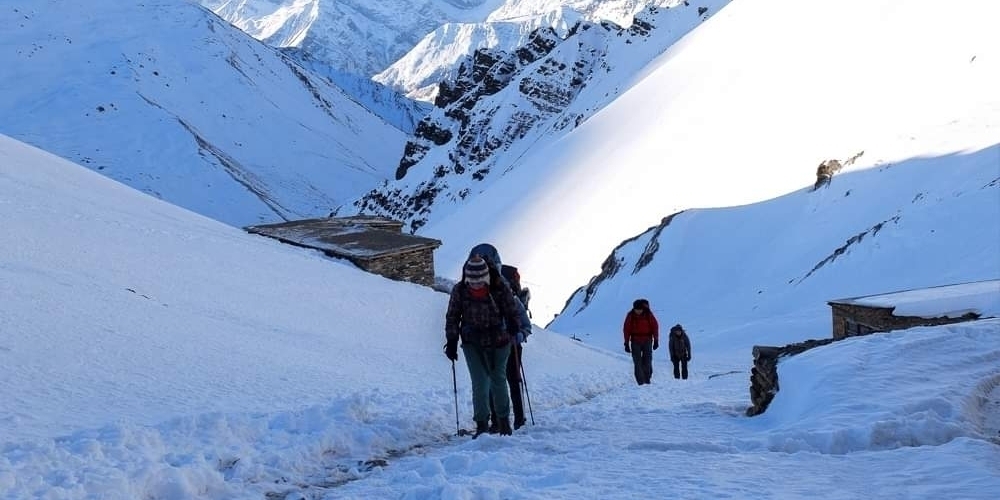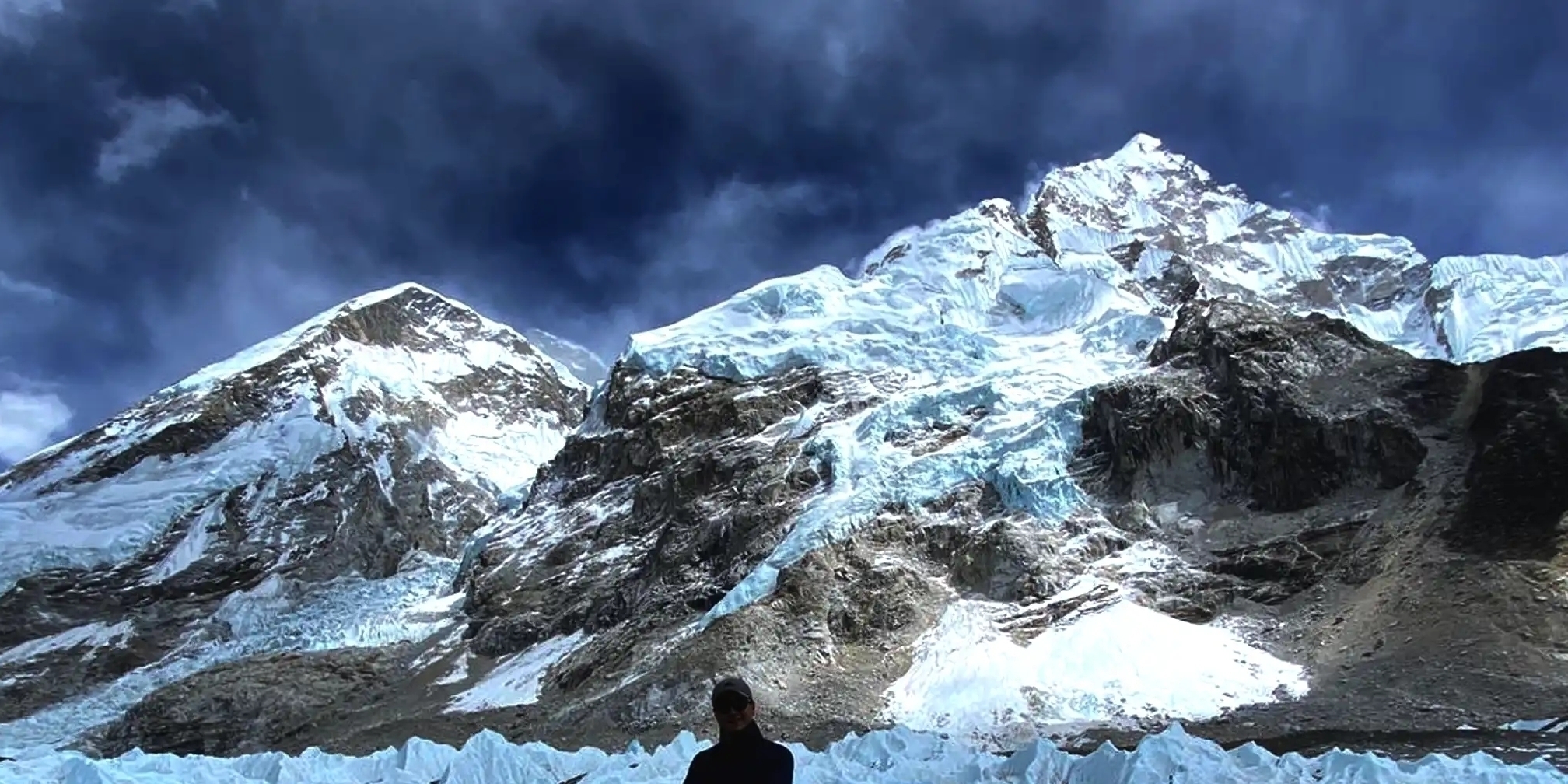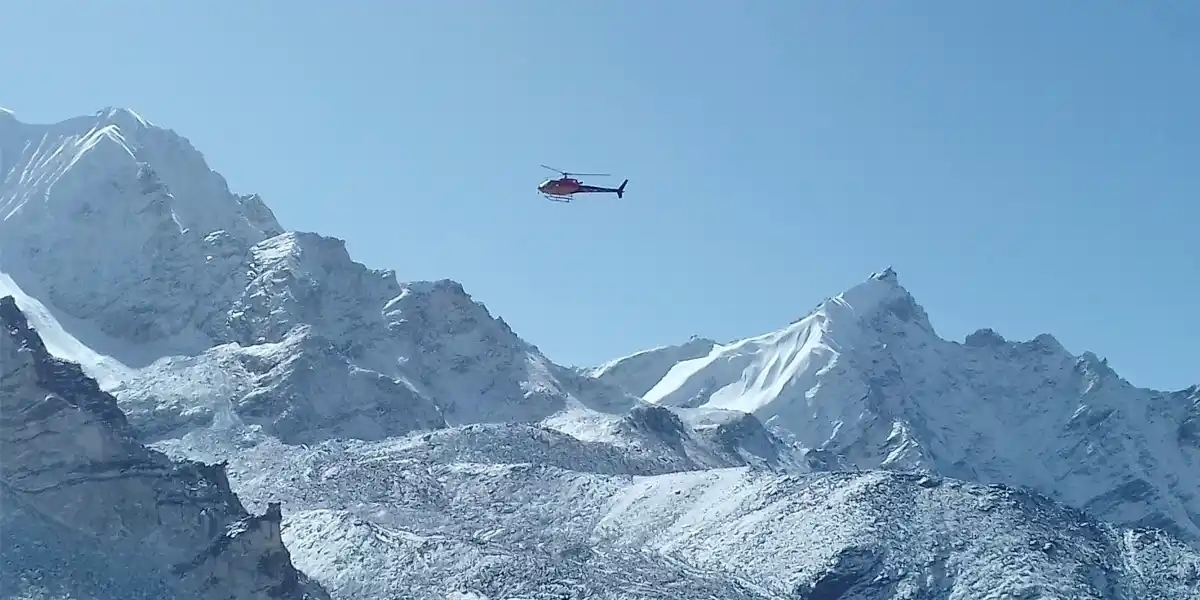Everest Base Camp Trek Difficulty
"An enjoyable adventure to Everest base camp, overcoming altitude difficulties"
Everest base camp trek difficulty is the main issue for all interested trekkers, and how it should be done. It is not as bad or worse as it sounds or is exaggerated by various guidebooks. The only difficulty is due to the gain in high altitude. Trekking in the first place, before booking the trip, requires being physically fit and in sound health.
When booking, make sure to collect all the information related to the adventurous
Everest base camp trek. Check your itinerary for flexible extra rest days to support acclimatization before heading towards Everest base camp.
The itinerary chosen with Adventure A One helps you to prepare for the wonderful Everest base camp trek without much difficulty.
It will be much more enjoyable to expect unexpected things on treks sometimes, rather than being too ambitious. Everest base camp trek difficulty can be easier, depending on one’s positive attitude.
The difficulty exists not only in the Everest base camp trek but also all around the Himalayas. Where the trail leads to steep ups and downhills, there are a few short, gradual paths to enjoy pleasant walks. In Nepal's Himalayas, there is no flat or level ground to walk on. The only flatland is found around the low warning areas of the southern Terai belt. Nepal is more of a hill and deep valley with mountainous terrain and high Himalayan peaks. This makes Nepal one of the most sought-after and number-one countries for trekking and other various adventures.
The difficulty is part of the adventure, otherwise, it will be monotonous walking on easy tracks. The ups and downs of the landscapes of Nepal and the Himalayas make the journey more interesting and provide good exercise. After completing the Everest base camp trek, one will be physically fit, as well as lose some weight.
The attributes and good things of
Everest Base Camp Difficulty make one feel strong and in the best physical shape. Where you feel proud and confident to tackle any type of work and assignment, after an adventure in the Himalayas.
Everest base camp difficulty is how you take it, the only tough part is high-altitude walking, steep uphill. Which can make you short of breath, taking a slow and steady pace will overcome the difficulty.
Enjoy the best of your trekking holidays and make the difficulty much easier.
Is making the itinerary a bit longer than the normal standard itinerary of 11 / 12 days from Lukla to Lukla? Having more days allows you to shorten the walking hours. They're reaching designated overnight stops. It also gives you more time to marvel at the scenic views without being tired or exhausted.
A great way to enjoy and overcome the Everest base camp difficulty is to know the terrain. As well as choosing the best seasons for the trek as well as checking the right itinerary to fit your accompanying guide and staff also adds comfort in making your trek enjoyable and meaningful.
The Difficulty Level of the Everest Base Camp Trek is considered moderately to highly Difficult due to several factors:
1. High Altitude:
2. Long Duration and Distance:
3 Weather Conditions:
4. Physical Endurance and Fitness:
5. Remote and Basic Facilities:
1. High Altitude:
Precautionary measures for altitude sickness or AMS (Acute Mountain Sickness), first, take advice from your guide or group leaders. Drinking much fluid, water, or other warm, refreshing drinks averages 1-2 liters a day. Taking a rest on walks avoids shortness of breath and enjoying the surrounding views by taking pictures.
On rest days, take a short hike uphill, walk higher, and sleep low to support acclimatization on rest days. Never drink alcohol while heading up, as it creates problems, and dehydration can lead to serious problems with altitude sickness.
Do not use sleeping pills above 3,000 m, it is very dangerous, and you might not wake up at all. The most serious condition is walking fast at a higher altitude, where one needs to take it slow pace. The critical symptom of high altitude sickness or AMS is HAPE (High Altitude Pulmonary Edema) water in the lungs.
The other symptom is HACE (High Altitude Cerebral Edema) water in the brain, these are the most serious problems to avoid. Where trekkers require immediate evacuation, by any means of fast transportation.
The best is to bring the victim down to a safe height, where he/she is better at a certain low height. Some trekking companies provide Gamow Bags, which are pressure-inflatable tubes, large enough to fit the person. where air pressure is pumped, which brings the air back to normal to cure the patient temporarily.
But overall, a sick person needs to be brought down, for a very critical case requires helicopter service. Evacuating the patient immediately to the nearest medical post or back to Kathmandu for proper treatment.
2. Long Duration and Distance:
Everest Base Camp Trek is one of the most famous trekking adventures in the world. In this trek, Trekkers can see stunning Himalayan landscapes, picturesque Sherpa Village, and Breathtaking Mountain views, including the Roof of the World.
Trekking Distance from Lukla to Lukla
The Total Distance of the Everest Base Camp Trek is approximately 130 kilometers (80 miles) in a round trip. This distance is covered in multiple days, allowing time for acclimatization and enjoying the scenic beauty of the Khumbu Valley.
Trek Duration
The Typical time for the Everest Base Camp Trek is 12 to 14 days, including acclimatization days. The Duration can vary depending on the route, trekking, Weather conditions, and trekking seasons.
Normally, we make a 12-day standard Itinerary for the Everest Base Camp Trek. The Route Start from Lukla to Phakding, Namche, Tengboche, Dingboche, Lobuche Gorkashep, Everest Base Camp, back to Pheriche, Namche and Lukla.
Factors Affecting Trek Duration
- Acclimatization- Extra days may be required to prevent altitude sickness.
- Trekking Experience and Fitness Level- Experienced Trekkers may complete the trek faster.
- Weather Conditions- Bad weather can cause delays, especially for flights to Lukla and from Lukla to Kathmandu
- Alternative Routes- Some Trekkers choose to extend the Trek by exploring Gokyo Lakes or taking different trails.
Conclusion: The Everest Base Camp trek is a challenging but rewarding journey that typically takes 12 days. This trek covers 130 kilometers round trip. Proper acclimatization and preparation are essential for a safe and enjoyable experience.
3. WEATHER CONDITIONS:
The mountain’s weather conditions can be unpredictable for some days, even in the best seasons of the year. It is hard for the company to predict and advise the best seasons to visit Nepal for its clients.
Nepal has four major seasons, namely, Spring(March-May), Summer (June-August), Autumn (September-November), and winter(December-February). Nepal can be visited all year round for various exciting destinations.
But the best seasons for visitors are spring and autumn/fall, when the days are clear and bright with sunshine.
Spring from March to May is one of the best seasons for Everest base camp as well as around the Himalayas. Days are longer with sunshine, and late afternoon can get overcast with clouds and light rain. Can expect snowfall sometimes around higher altitudes, but warmer temperatures than in other seasons. The next best time is autumn/fall, beginning from the post-monsoon of September till November. Most days are mostly crystal clear for views and pleasant walks, but short days are due to sunlight hours. You can expect snow sometimes with a cold wind chill factor from late afternoon till nighttime, the sun hits late and sets early.
Autumn/fall is considered one of the best seasons for various adventure activities around the Himalayas, although the unpredictable weather sometimes. The unpredictable and unfavorable weather conditions can last for a few days. Makes flights to and from Lukla with delays or cancellations sometimes due to bad weather.
Trekkers should be well prepared and aware of the unfortunate calamities related to unpredictable weather conditions around the Himalayan region.
Long Duration and Distance
4. Physical Endurance and Fitness:
The Physical Endurance and Fitness for Everest Base Camp Trek needs or requires good physical endurance, stamina, and mental determination. Trekkers do not need to be professional athletes, but they must be in good physical shape to handle the daily trekking distance, altitude gain, and rugged terrain.
Fitness Requirements for the Everest Base Camp Trek will be:
Cardiovascular Endurance or Aerobic Fitness:
-Regular cardiovascular exercise, such as running, cycling, swimming, or hiking, will help improve endurance.
-Aim for 30 to 60 minutes of cardio workouts at least 4-5 times per week before the trek.
-Since Trekking involves walking for 5-8 hours per day at high altitudes. Having good lung capacity is essential.
Leg Strength and stamina
-Strong legs help in long uphill and downhill hikes, especially on rocky and steep trails.
-Exercise, Squats, lunges, Step-ups, and leg presses.
-Include stair climbing or hill training with a weighted backpack to simulate trekking conditions.
Altitude Acclimatization Endurance
-Since Everest Base Camp is at 5,364 meters (17,598), altitude sickness is a risk.
-If possible, practice hiking at high altitudes above 3 thousand meters before the trek.
-Trekking with a weighted backpack helps build endurance for long walking days.
Training plan for Everest Base Camp Trek before 3-6 months.
-Cardio workouts: Running, swimming, or cycling.
-Hiking Practice: Walk on rough terrain with a loaded backpack.
-Strength Training: squats, Lunges, and core exercises.
-Stair Climbing: Helps simulate the steep ascent and Descents.
-Walk a minimum of 3 hours every day with a loaded backpack at least 6/7 kilometers.
-Breathing Techniques: Practice deep breathing exercises for better oxygen intake.
-Stretching and Flexibility: Yoga or Dynamic stretches to prevent injuries.
Mental Preparation
-The Trek is not just physically challenging but also mentally demanding.
-Be prepared for cold temperatures, basic teahouse accommodations, and high-altitude discomfort.
A Positive Mindset and determination will help push through Difficult days.
Health Precautions and Tips
-Acclimatization: Follow the trek high and sleep at low, rule to prevent altitude sickness.
-Hydration: Drink at least 3-4 liters of water per day to avoid dehydration.
-Balanced Diet: Eat Carbohydrates, Protein, and healthy fats for sustained energy.
Rest and Recovery: Ensure Proper Sleep and rest for Muscle Recovery.
The Everest Base Camp Trek requires a good level of Physical fitness, endurance, and mental Strength. A well-planned training routine 3-6 months before the trek will significantly improve performance and overall experience.
Remote and Basic Facilities
The Everest Base Camp Trek is a remote yet well-developed trekking route in Nepal. The EBC Trek route offers a variety of facilities and services for trekkers. Despite being a high-altitude trek. The route provides essential accommodations, food, communication, and medical support.
Accommodation facilities: The main form of accommodation on the Everest Base Camp trek is the Tea House Lodge trek. These are small guesthouses run by local Sherpas, providing basic but comfortable facilities. You can find the Hotels/lodges basic type in Khumbu Valley. Another type of luxury Lodge in low regions like Lukla, Phakding, Namche, and Dingboche, offers private rooms with attached bathrooms, WIFi, and a hot shower. The last one is camping for trekkers preferring adventure, camping with porters, a cook, and a guide will be another option in case of you choose.
Food and Dining Service:
Tea Houses provide a variety of local and international meals to keep trekkers energized, You can find the common meals on the Everest base camp trek. The foods are Dalbhat (Rice, Lentils, Vegetables), Noodles, Pasta, Spaghetti, Eggs, pancakes and toast, Tea, Coffee and Hot Chocolate, Energy bars, and Snacks. Similarly, you can get internet and WIFI as well as battery charging. These services are all payable in the trekking area.
Conclusion:
The Everest Base Camp Trek offers well-developed accommodation, food, internet, medical support, and emergency services. It makes one of the most accessible high-altitude treks. However, trekkers should be prepared for basic facilities at higher altitudes and carry the necessary gear.

